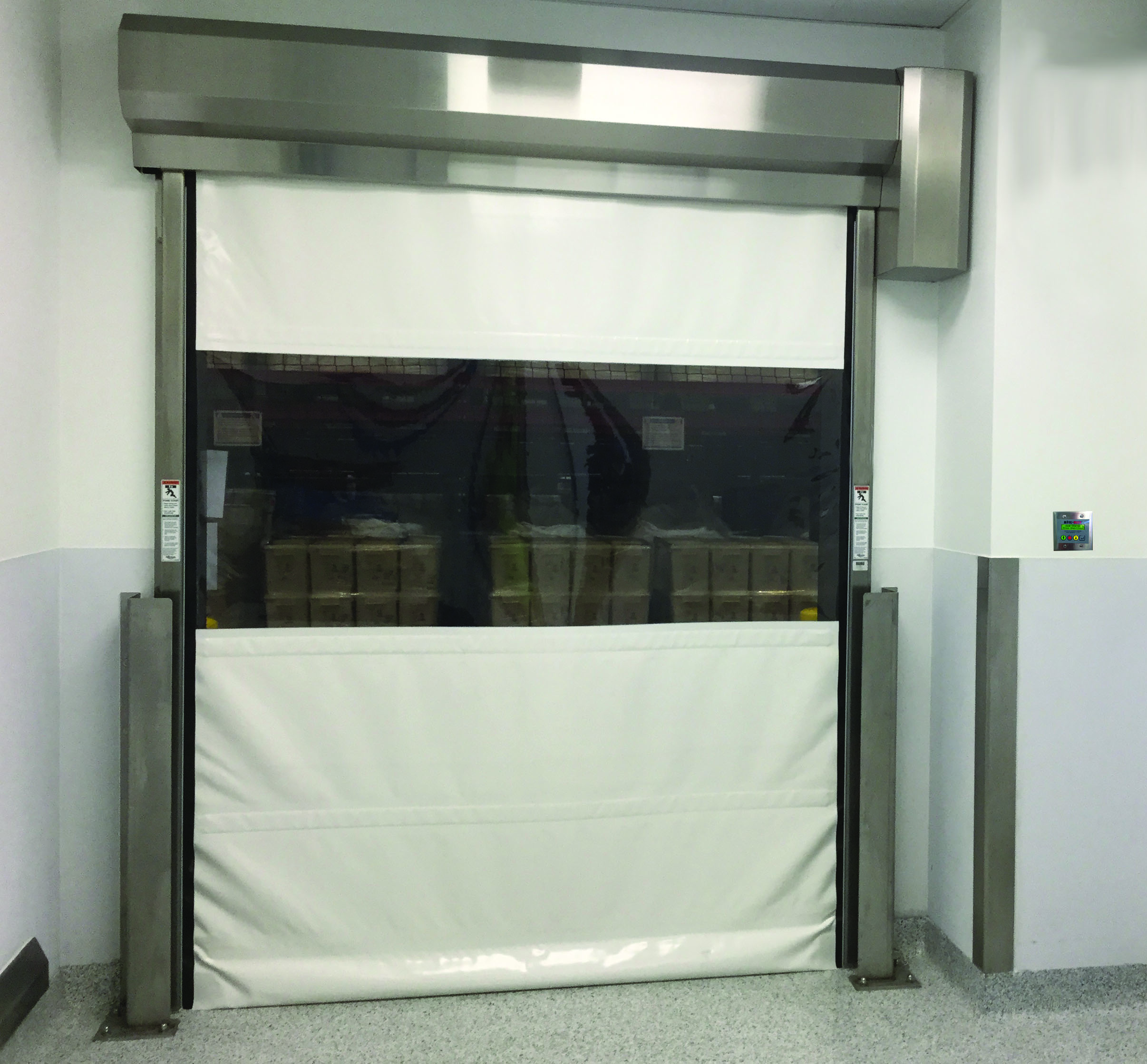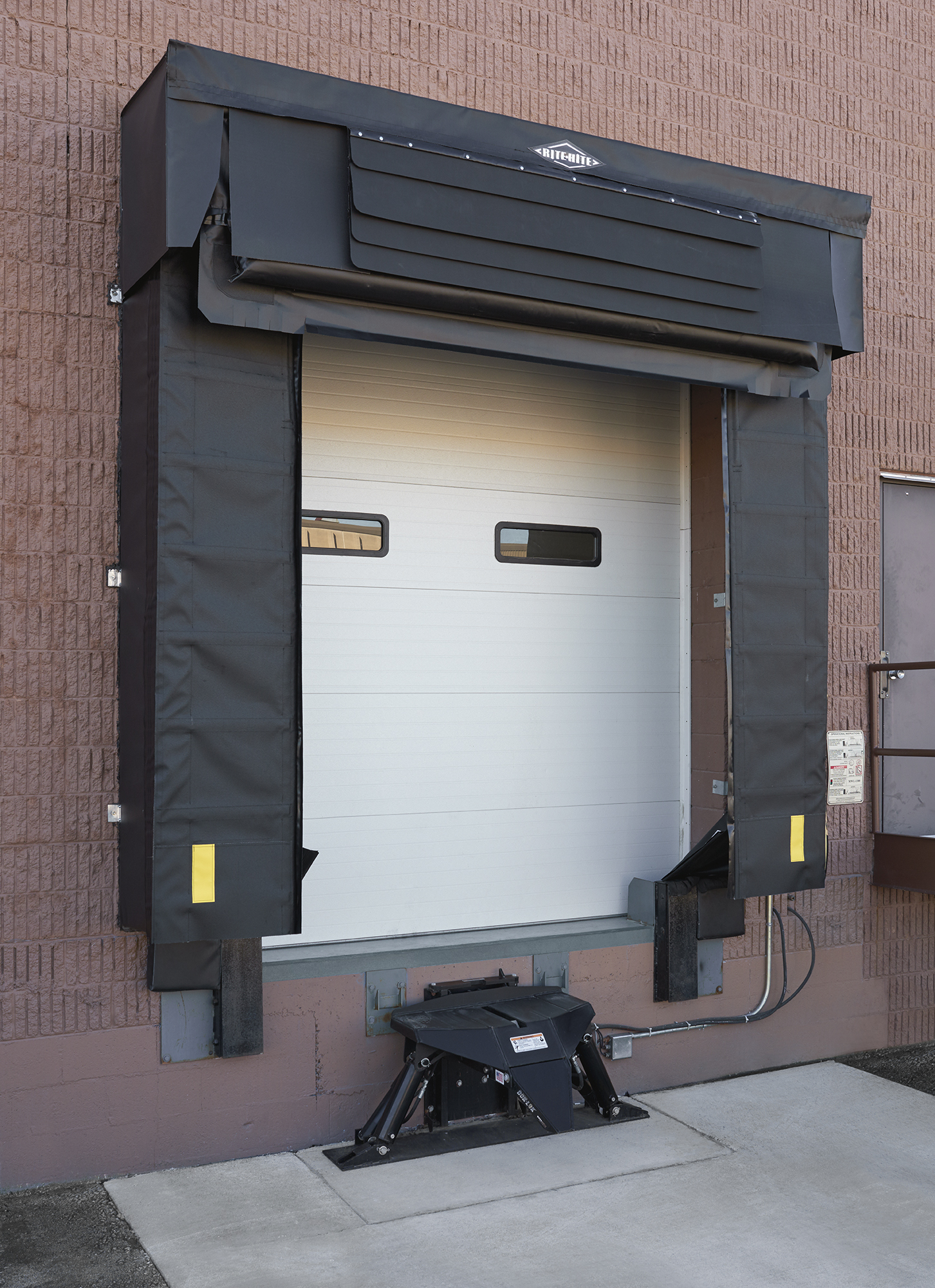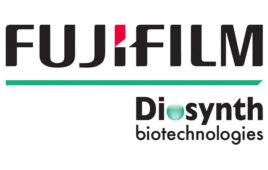Drive-through dock design is quickly gaining momentum in the pharmaceutical industry.
Supply chain operations that handle pharmaceutical products must always deal with tight regulatory restrictions related to cleanliness. Oftentimes, this encompasses temperature-related damage, as well.
While loading docks are an essential part of any facility, they also present prime opportunities for dust, precipitation, and other contaminants to infiltrate the premises. In addition, ambient temperatures can become too hot for temperature-sensitive products, rendering them ineffective or harmful. Interior doors are another challenge, as they are prone to a variety of contamination-related problems.
Fortunately, facility managers have new tools to defend against these threats at the loading dock and inside the facility. “Drive-through” loading dock designs and high speed cleanroom doors are two prime examples.
Gaps at the Loading Dock
Outgoing and incoming shipments aren’t the only things that can move through loading dock doors. Even when trailers are secured to the loading dock, gaps often exist between the trailer and edges of the dock opening. Contaminants that range from bugs to weather (precipitation, temperature, and sunlight) can enter facilities that aren’t taking the proper steps to seal gaps around loading dock doors. Exposure to these elements can damage products and equipment, leading to even more profit-erosion.

LiteSpeed Clean: Cleanrooms rated ISO 6-8. (Credit: Rite-Hite)
Drive-Through Solution
Widely seen as the gold standard of environmental control for loading docks throughout the food industry, the drive-through dock design is quickly gaining momentum in the pharmaceutical industry, as well.
In a drive-through application, tractor-trailer rigs back up to the loading dock with their doors closed. When the trailer is secured to the dock, the dock door opens, the trailer’s security seal is broken and the doors are then opened into the building. This limits opportunities for tampering and exposure to outside elements and contaminants that could degrade the cargo or break the cold chain.
The drive-through application requires a recessed pit and a vertical-storing leveler (which makes it possible to open trailer doors inside the facility) as well as loading dock shelters that are compatible with interior-opening trailer doors.
Shelters that use a weighted head curtain to create a solid connection with the trailer top are the best bet. The weight helps maintain a tight, consistent seal across the full width of the trailer as it bounces during loading and unloading. They should also have specially-designed equipment to seal troublesome gaps at the top corners, where head curtains meet side curtains.
For drive-through applications, make sure that the shelter side curtains are designed to provide an effective seal along trailer sides. Side curtains made from durable materials are most desirable. An under-leveler sealing system should be used to provide a “4th side” barrier against environmental infiltration beneath and around the dock leveler.
At the base of the opening (and set back from the door) are the vertical storing dock levelers. In addition to allowing trailer doors to open into the building, they have the added bonus of allowing the loading dock door to close directly onto the recessed pit floor area for maximum environmental control. Their vertical design also makes it easy to clean or wash down the pit floor when the leveler is in the upright, stored position — which a huge plus in pharmaceutical facilities.
Challenges: Cleanrooms and Cold Chain
Inside the plant, high-speed doors can play a critical role in protecting cold chain continuity and product integrity. As many facility managers realize, it can be difficult to find doors that meet the requirements of a typical pharmaceutical processing ISO 6-8 cleanroom while also providing quick enough cycle times to maintain the proper temperature range.
Additionally, most pharma facilities incorporate multiple pressure steps within the building’s structure, which typically range from 0.02 to 0.05 w.g. between rooms, but can be has as high as 0.20 w.g. A door capable of at least 0.20 w.g. in pressure differential is needed to maintain a tight seal and minimize air leakage. Given the need to maintain pressure differentials, doors that seal tightly and cycle quickly are essential in pharmaceutical processing.

Eclipse NH: Hookless loading dock shelter. (Credit: Rite-Hite)
Choosing the Right Door
The U.S. Food and Drug Administration publishes clean room standards, both required and recommended, for manufacturers of pharmaceuticals and medical devices, so the starting point is to look for doors that are cGMP- and FDA-compliant.
Ease of cleaning and durability are key considerations. In all cases, these doors must be able to stand up to repeated cleaning with chemical solvents and have smooth, hard, non-porous surfaces resistant to microbial and fungal growth. Doors should also have a tapered surface and edges that all but eliminate “harborage” of dust or other contaminants and no sharp angles.
Additionally, they should be corrosion-resistant (which is often a problem with older door systems); should use stainless steel side frames and shrouds; and should incorporate a lubrication-free design, since lubricants can attract particulates. It is also advisable to avoid doors with exposed fasteners and coils, as they will take longer to clean and could harbor contaminants.
High-Speed Roll-Up Doors Trending
Because of the reasons mentioned earlier, bi-parting doors made of stainless steel or fiberglass are widely used in pharmaceutical facilities. However, many companies also use fabric roll-up doors to meet the needs of specific applications where the bi-parting doors won’t fit, due to limited wall space in many plants.
A roll-up door uses very little wall space because it’s an upward-acting unit. In other words, the curtain of the door collects in a head assembly at the top of the door when it’s opened. By comparison, a rigid-panel door that opens from the center requires considerable wall space on each side of the door in order to function.
A new generation of roll-up doors has come on the market in recent years featuring anti-microbial materials and other upgrades for clean room applications. These new features — along with their ability to operate at high speeds (up to 65 inches per second) and provide tight sealing capability — are reasons they are becoming a viable consideration in pharmaceutical operations.
Maintain Product Integrity with Design
With the exception of worker safety, product integrity must be considered above all else in pharmaceutical operations. Using the most advanced drive-through set-ups at the loading dock and the right high-speed doors inside the plant are two easy ways facility managers at pharmaceutical plants can ensure their operations meet regulatory requirements and that their products aren’t damaged.
____________________________________________________________________________
(Author’s note: The information herein is provided as a general reference regarding the use of the applicable product(s) in specific applications. This information is provided without warranty. It is your responsibility to ensure that you are using all mentioned products properly in your specific application and in accordance with all laws and regulations.)




